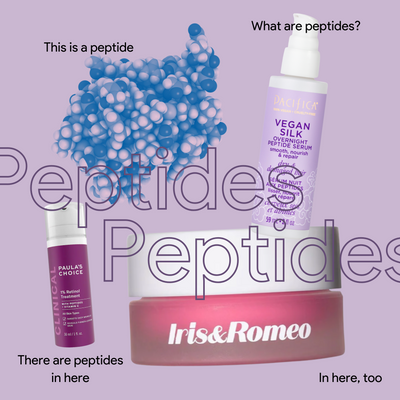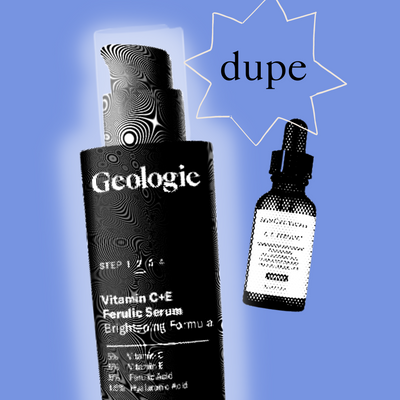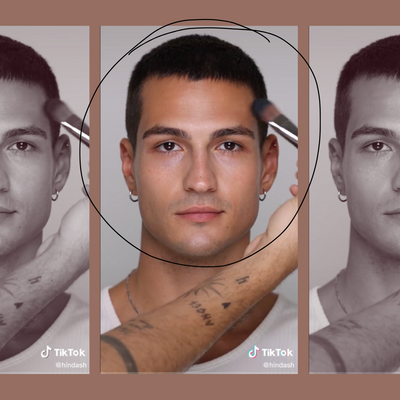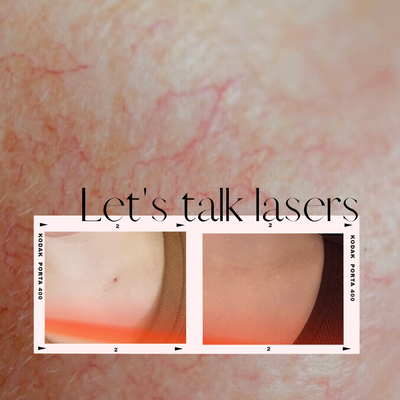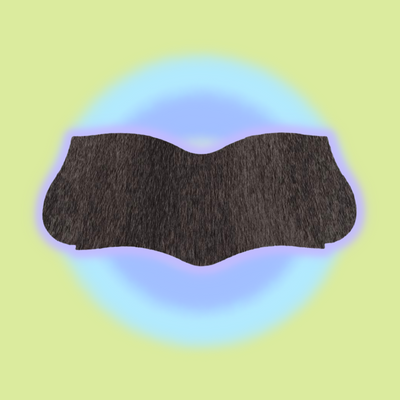When it comes to men, plastic surgery is surging.
According to the American Society of Plastic Surgeons’ annual Plastic Surgery Statistics Report, 8% of all procedures in the United States in 2018 were by men. From only a decade ago, that’s a surge of 29% of men who undergo the knife.
SEE ALSO: I spent over $100,000 to look like BTS’ Jimin
Even though the numbers seem small, Dr. Jason Roostaeian, a LA based plastic surgeon, assures us that interest is growing exponentially, “Every year, male plastic surgery is one of the fastest growing parts of plastic surgery,” he tells Very Good Light.
Why is male plastic surgery growing so much? Dr. Roostaeian says it’s due to the stigma of guys and aesthetics disappearing. “Guys have always cared about their looks, there’s just way more social awareness about plastic surgery,” he explains. He credits social media for further emphasizing people’s appearances. It’s coupled with social media’s ability to spread information about plastic surgery – of its existence and how common it is. More so, social media is now perhaps destigmatizing enhancement surgeries altogether. According to Dr. Roostaeian, it’s also more accessible than ever.
And with it comes the bigger question: Why is plastic surgery stigmatized in the first place? If it promotes confidence, well-being and empowerment, what’s the fear? For many men and male-presenting people, investing in their appearances has become a sort of means to feel more whole. While the reasons for plastic surgery is a very personal choice, it varies from person to person. Very Good Light spoke with three people, inspired by conversations on redefining masculinity and male beauty, on why they chose to alter their appearances. Here’s why each decided to go under the knife and their candid thoughts after.
Brandon
In order to fix a severe underbite Brandon Katsuyama underwent a maxillofacial surgery at 18 years old. He’d always been insecure about his jaw and even after braces worn throughout middle and high school, it was still apparent.
“I was having an identity crisis,” Brandon says. “I was just thinking, Was this the right decision?”
And it wasn’t solely something he felt was aesthetically obtrusive. His doctors continually warned him that the underbite would lead to problems further down the line. With his underbite getting in the way of him chewing properly, Brandon was already dealing with chronic digestive issues. Perhaps worst of all, Brandon recalls being too insecure to even smile. “If I did, I would have my bottom jaw jutting out from under my top teeth,” he recalls. In his eyes, “it just looked really terrible.”
Desperate to live his life to the fullest, Brandon turned to plastic surgery as a last resort. The maxillofacial surgery in and of itself is invasive. It’s one in which the jaw is broken, grafted onto steel and then reshaped. For good measure, his doctor also suggested breaking his nose and pushing it up so it would be more aligned with his jaw. With such a major operation coming up, Brandon was nervous.
When he woke up from his surgery on December 31, 2014, he watched the New Year’s ball drop on TV from his hospital bed. After he’d healed, he looked in the mirror and realized he couldn’t recognize himself. Even after the swelling from the surgery had settled, he grappled with his new face and was weighed down with regret. “I was having an identity crisis,” Brandon says. “I was just thinking, Was this the right decision?”
Eager to get the surgery over with and start a new chapter of his life, Brandon hadn’t considered how his face would entirely change. He trusted his doctor to do what was best for Brandon medically, but the surgeon had taken liberties shaping Brandon’s new face.
A hapa –half Japanese and half caucasian – Brandon’s “flat Asian face,” something that helped him feel connected with his Japanese family, was gone. “The surgery created more angles to my face, appealing more to Western appearances,” he observed. “Once I had the surgery done, I saw that I was further out of my Asian identity.”
While Brandon eventually settled into his new features, found the confidence and self-acceptance he was looking for going into surgery, and was able to find new ways to connect with his heritage, there’s still a lot he thinks he should have done differently. He wonders it he was too young. He admits he rushed through his surgery instead of asking all the questions he should have asked.
For anybody considering a cosmetic procedure? “If you’re having any doubts or facing any anxiety, that’s a red flag to slow down and really rethink it,” Brandon advises. “If you go through with something and it’s irreversible, that’s one of the bigger regrets.” Today, Brandon has come to appreciate himself – from the inside out and is growing into his own.
Rudy
Working in the cosmetics industry as a makeup artist, Rudy, or Ru, as he’s called, found that he was surrounded by perfect faces. However, it wasn’t the genetic jackpot or impeccable makeup that made them so beautiful, he’d realized that most of his coworkers had gotten enhancements like lip injections, fillers, Botox, or some combination of all of the above.
He eventually gave into the curiosity and decided to try out lip enhancements for himself.
“I didn’t have a problem with my lips before – they were a good size,” Ru explains to Very Good Light. “But I’ve always been fascinated with perfecting things and making everything as good as you can get them. I love the idea of changing yourself and making yourself feel happy in your own skin.”
Ru’s initial experience with lip fillers ends there. It was only very recently that he picked up where he felt off with cosmetic procedures. In the last few months, Ru has re-plumped his lips, and he’s tried out cheek fillers, midface rejuvenation, Botox in the jaw, and three non-surgical nose jobs.
To perfect his features, Ru used fillers to create flattened cheekbones more in line with a chiseled bone structure. The Botox relaxed his jaw muscle to square out his jawline more. Strategically injecting fillers, Ru says he was able to straighten out a small hump in his nose and give his nose a slight “ski-slope effect.”
Today, Ru says he’s extremely happy with his refined look, and is grateful he was able to use non-surgical methods to see how he would look, first. He recommends the same for anybody thinking about going under the knife.
“Every single day, when I look in the mirror or take a photo with friends, I notice my nose and see a huge difference to my profile,” Ru shares of his nose, post-surgery. Although most haven’t noticed the change, he knows a rhinoplasty operation would be worth it because of how much more confident it gives him.
“Think to yourself, Okay, am I prepared to deal with this if it happens?”
One thing to be cautious of, Ru advises, is that even minor cosmetic procedures like fillers or Botox aren’t a walk in the park. Injectables are often perceived as quick, painless procedures where you walk into the clinic and walk out five minutes later with perfect results, but that’s not the entire reality.
“When I got my third nose procedure, I was a little too confident in the healing process,” Ru admits. The first two were quick and painless, but the third time around was difficult for Ru. “There was a lot of bleeding and I was bruised on my nose for maybe a month after it. Really serious bruising,” he says. “It was the first time I had any serious reaction from any procedure, and I know it could have been a lot worse.”
While non-surgical procedures absolutely are a milder alternative to surgery, it’s still important to Ru that injectables are taken with seriousness. “Read about what can happen, Google examples,” Ru advises. “Think to yourself, Okay, am I prepared to deal with this if it happens?”
Tresor
As a non-binary person, Tresor Prijs struggled with gender dysmorphia, which affected how they viewed themself and impacted their self-esteem. “As a teenager, I wanted nothing more than to look like somebody else because what I saw on the outside and what I felt on the inside were just very different,” they share.
Every time they looked in the mirror, they were simply unhappy with the reflection that stared back at them. Their low, droopy eyebrows in particular were a large point of scrutiny for Tresor. They hated how masculine they were and wanted nothing more than a brow lift.
No matter how desperately they knew they wanted a brow lift, they took their time researching and reflecting.
They started out at the library, researching what cosmetic procedures were an option for what they wanted. From there, they went online to find plastic surgeons who were skilled in these procedures.
Consulting with the doctors in real life, it took Tresor three tries to find the right doctor – somebody who they could trust. “If somebody isn’t going to make you feel personally comfortable, it’s best to step away,” Tresor advises. “Give it some time and look for someone who can align with your own end goals in a more fluid way.”
What did patience get Tresor?
“I found someone who was able to accommodate the fact that I was still quite young and treat me with the kind of tenderness and gentle nature that you need with someone in my position and not take advantage of the insecurities and all those feelings.”
“Wow, I really look like me today.”
While studying up on plastic surgeries, Tresor also had the privilege of going to therapy, and they had a space to work through their gender identities and their insecurities. For Tresor, a key breakthrough was that no matter how much they altered their face, they could still feel the same conflict and unsettling feelings internally.
Focusing on therapy first, sorting out everything they were feeling on the inside, Tresor was able to narrow down the alterations that would genuinely make them happy and the ones that wouldn’t. In the end, they realized they only needed one thing: a non-invasive brow lift.
They went into surgery feeling confident, informed, and empowered. Small incisions were placed under their brows and polypropylene sutures were placed the skin, creating the lifted but natural look, the “bitchy brows,” Tresor wanted.
After a couple days of recovery time, when they felt ready to be out and about, they looked in the mirror, and they were astonished. “That was one of the first moments when I looked in the mirror and I was like Wow, I really look like me today,” they share.
Although it was just a cosmetic change, it wasn’t simply cosmetic. It was everything from self-care to a way for Tresor to express theirself.
“It gave me a little pep in my step,” Tresor explains. “When I did my makeup, I felt better about my brows.”
It was the little confidence boost that was right for Tresor at the time. They loved their brow lift, and they’re still beyond happy with it. But it helped them realize that appearances only mean so much, and Tresor wants to shift the emphasis from the outside to the inside.
“Loving yourself is a process, a daily act. It takes time and work,” they explain. “Take the time and energy into focusing on what you love about yourself.” After that, when you’ve done the work and there are still things you want to change about yourself, you’re free to do so.
The latter is a sentiment shared between the three: Brandon, Ru, and Tresor, a message that if somebody wants to change their appearances to empower themselves, they should. After all, everyone has autonomy over their bodies.


